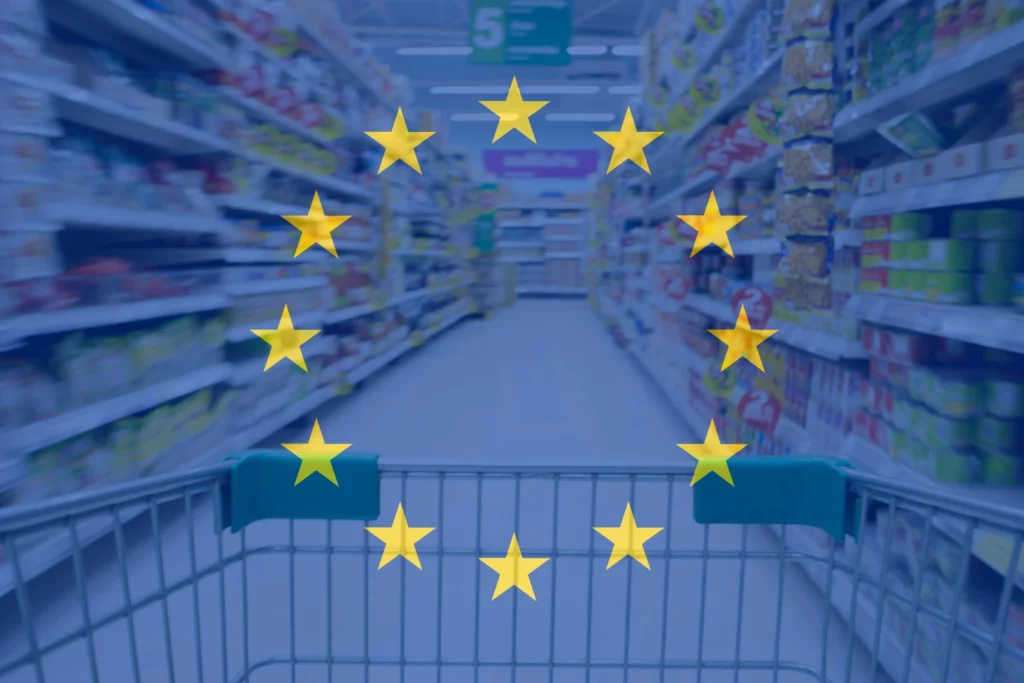By 2020 Researchers at Frost & Sullivan predict that global ecommerce will be worth $12 trillion. In 2012 the figure was $5.5 trillion. This phenomenal growth in the importance of ecommerce in the world’s economy is linked to the increasing need for businesses to sell online to each other.
To plan an effective business to business (B2B) ecommerce strategy, it’s important to understand the direction of travel for online sales around the world. Here’s some food for thought.
Driving your business forward with B2Becommerce
As the overall popularity of online buying grows, professional B2B buyers increasingly expect to research and buy online too. E-marketplaces like Alibaba.com and AmazonSupply.com are setting the bar very high for B2B buying and selling.
This includes a growing preference for mobile devices, especially for businesses that need to place orders on the road. Mobile provides essential touch-points during the procurement process from initial information gathering through to purchasing and continuing customer service and ordering.
Online research
According to statistics, there’s a distinct ‘funnel’ in the B2B buying process that is increasingly dependent on online searches and engagement.
Online research is now an essential part of the purchasing process for almost all buyers (89%). On average they will make 12 searches before they engage with a provider. However, three quarters won’t go past the first page of a Google search. Three quarters of B2B buyers say that enhanced search was one of their top three features.
Well over half (57%) of the buying process is complete before a member of your sales team is involved. Finding the right place in your customer’s journey for the sales team to add support is an important decision. While many buyers like online self-service, your sales team can step in to provide a quote, cross-sell and close the deal.
The critical factor is ease of use. More than three quarters of buyers say that if they don’t find what they want quickly and easily, they will move on. Buyers are looking for guidance, detailed and well written product descriptions, rich content including audio and video, a really effective checkout process and customer-specific pricing.
Deciding factors
The B2B decision-making process is complex. There’s usually more than one person involved. In almost a third of purchases five people are needed to make the decision.
To accommodate the range of interests involved in the B2B buying process, sites need to deliver different information to meet each person’s needs, from the department manager and procurement officer to the Finance Director.
Many B2B companies also need to operate internationally in multiple languages, currencies and cultures – the current average is seven. A major benefit of B2B ecommerce is that you’re always open for business anywhere and at any time.
Must have tools for modern B2B ecommerce
- A responsive design that delivers a consistent and seamless user experiences.
- Sales tools to enhance the buying process and seamlessly pass buyers on to your sales team.
- A fast and effective search function that delivers highly relevant results.
- Online personalization through integration with finance, accounting, order management systems (OMS) or enterprise resource planning (ERP).
- Consistent and easy buyer experiences, not only from the desktop but also across mobile and social media platforms.
- An easy-to-use online catalogue to replace print catalogues as the preferred source of product information.
- Bespoke purchasing paths. Different approaches are needed for repeat and bulk purchases, combined online and person-to-person ordering and product configuration for more complex, customized solutions.
Our B2B ecommerce experts can help you take advantage of the latest trends – talk to us today.






